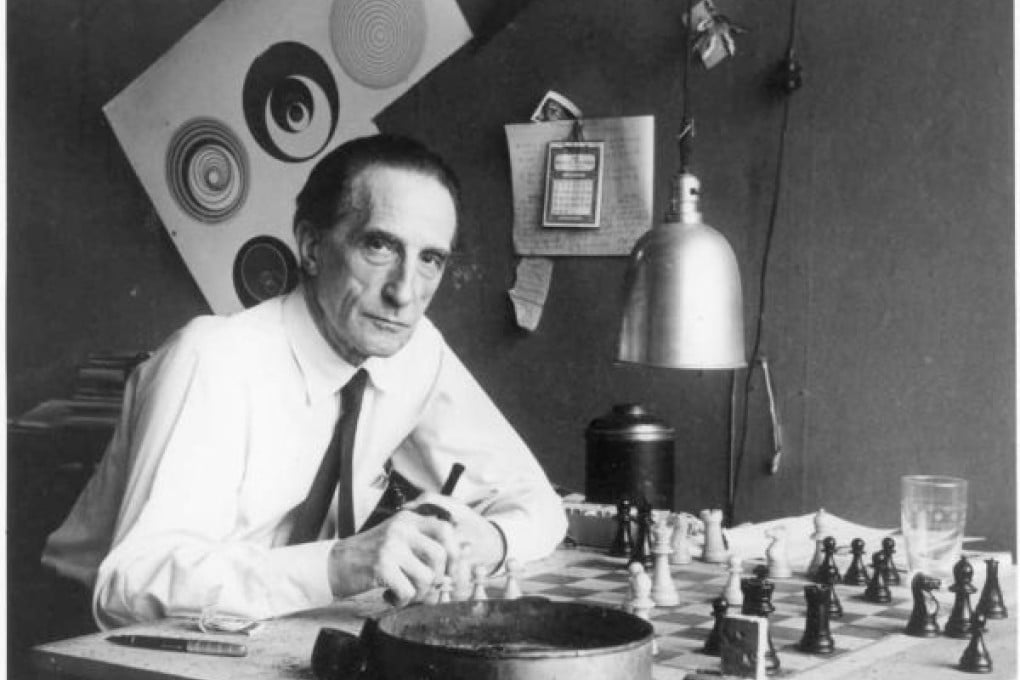Marcel DuChamp: a true original
It could be said that Marcel DuChamp changed modern art as he moved away from what he termed “retinal art”, which pleased only the eye, to his own brand of conceptual art exemplified...

It could be said that Marcel DuChamp changed modern art as he moved away from what he termed “retinal art”, which pleased only the eye, to his own brand of conceptual art exemplified by his famous “Readymades”.
Acknowledged as one of the most important artists of the 20th century, he challenged the norm with subversive works and, more so, by advising famous art collectors, thus shaping the direction of taste in western art during his lifetime.
Born in France in 1887, DuChamp’s early years were influenced by music, literature and painting which were an integral part of family life. Education was also important and DuChamp’s first drawing teacher tried to shield him from the then shocking works of the Impressionists. However, DuChamp’s early paintings take a lead from the Post-Impressionists, partly thanks to his brother’s influence, and he is known to have said that French Symbolist painter Odilon Redon inspired him.
Despite developing a number of works in a Cubist style, including his controversial work Nude Descending a Staircase, No 2, in which he tried to capture the fourth dimension – movement - DuChamp largely gave up painting by 1912. Aged just 25, he told his friend the sculptor Constantin Brancusi that painting was “washed up”.

Nude Descending a Staircase, No. 2
Thereafter, he worked as a librarian at the Bibliothèque Sainte-Geneviève, and studied maths and physics. This was a turning point and a time when he read the theoretical writings of Henri Poincaré, which stated that the laws believed to govern matter were created solely by the minds that understood them and that no theory could be considered “true”. An idea like this could have led DuChamp towards his most famous work, Fountain.

Fountain